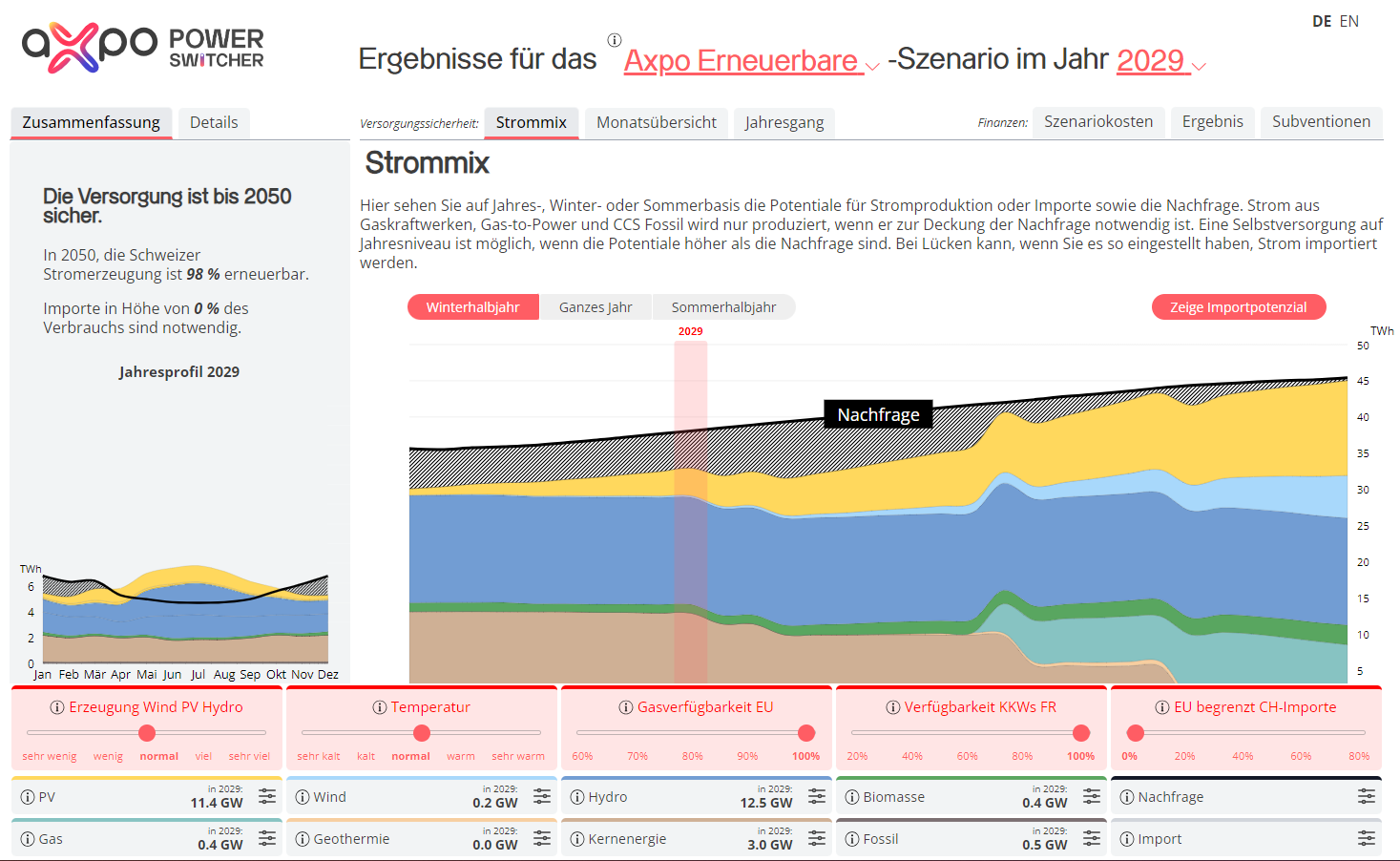04.06.2021 | Study shows: Wind and solar power could cover global energy demand by one hundred times.
Abundant electricity from the sun
The strong drop in costs for solar and wind energy over the past years have unlocked a new global energy reserve that could meet current worldwide power demand by one hundred times. Potential is especially high in solar energy. These are the conclusions of a recently published report by the British think-tank "CarbonTracker".
In contrast to coal, oil and gas, solar and wind energy are inexhaustible energy sources and at the current growth rate, they will push fossil fuels out of the energy sector by the 2030s. By 2050, they could be supplying the world with electricity whilst completely replacing fossil fuels and producing inexpensive, clean energy to support new technologies such as electric vehicles and green hydrogen.
Kingsmill Bond, Energy Strategist at Carbon Tracker and the lead author of the study, says: "We are entering a new era, similar to that of the Industrial Revolution. Prices for energy will drop, making it available to millions of people, particularly in low income countries. Geopolitics will change because nations will no longer be forced to rely on expensive coal, oil and gas imports. Clean renewable energies will combat catastrophic climate change."
6700 PWh of electricity per year
Worldwide energy consumption in the year 2019 amounted to 65 petawatt-hours (PWh/1 PWh = 1000 TWh). However, with current technology the world has the potential of generating over 5800 PWh alone from photovoltaics. Onshore and offshore wind power offer additional potential with nearly 900 PWh per year.
The study "The Sky's the Limit" notes that today about 60 per cent of worldwide solar resources and 15 per cent of wind resources are already economically viable in comparison to local generation from fossil fuels. By 2030, all of solar energy and over half of wind energy is likely to be economically viable.
Only a small surface required
According to the study, the land required for solar panels alone to provide all global energy is 450,000 km2, 0.3% of the global land area of 149 million km2 – less than the current land footprint of fossil fuels.
The study also indicates that the benefits for emerging countries are the highest, because they have the largest ratio of solar and wind potential in relation to their domestic energy demand. Many of them are still in the process of developing their energy systems, and cheap, renewable energies offer a way to supply more people with power and create new industries, jobs and prosperity. Africa has over 39 per cent of the global potential and could become a renewable energies super power.
Decrease in costs
The potential of solar energy is due to the enormous drop in costs, which have decreased an average of 18 per cent each year since 2010. With an average growth rate of 39 per cent in the last ten years, this area is growing faster than any other energy technology in this scale – and is doubling its capacity nearly every two years.
Wind power is on a similar path: In the last ten years, prices dropped 9 per cent per year on average, whilst capacity increased by 17 per cent per year. This leads to more efficiency and progress, for example better modules and higher turbines that will lower costs yet again.
Switzerland: It would be enough
The study "The Sky's the Limit" categorised all countries according to their potential for the use of solar and wind resources in comparison to their current electricity consumption.
- African countries south of the Sahara belong to the top group. Their potential is at least 1000 times higher than demand.
- Solar and wind potential are over 100 times higher in countries such as Australia, Chile or Morocco.
- China, India and the USA belong to the group of countries with a 10 times higher potential than current demand.
- Countries such as Japan and a major part of Europe have a potential under 10. Solar and wind power potential in Switzerland is 4 times higher than current power demand (see graphic)
Adapting political framework conditions
The study concludes that in these countries with the lowest surplus it is therefore key to make the right political decisions in order to use this potential in renewable resources in the most effective way. Axpo shares this view: We say "yes" to the CO2 law that will come to ballot on 13 June. Knowing that the way to climate neutrality is a long one, we see the law as a first step in the right direction. At the same time, Switzerland must massively accelerate the expansion of renewable energies. To do so, the political framework conditions must be adapted not only to enable the development of solar and wind energy, but also so that the potential of hydropower, which covers nearly 60 per cent of power demand in Switzerland, can continued to be used.




.jpg)





